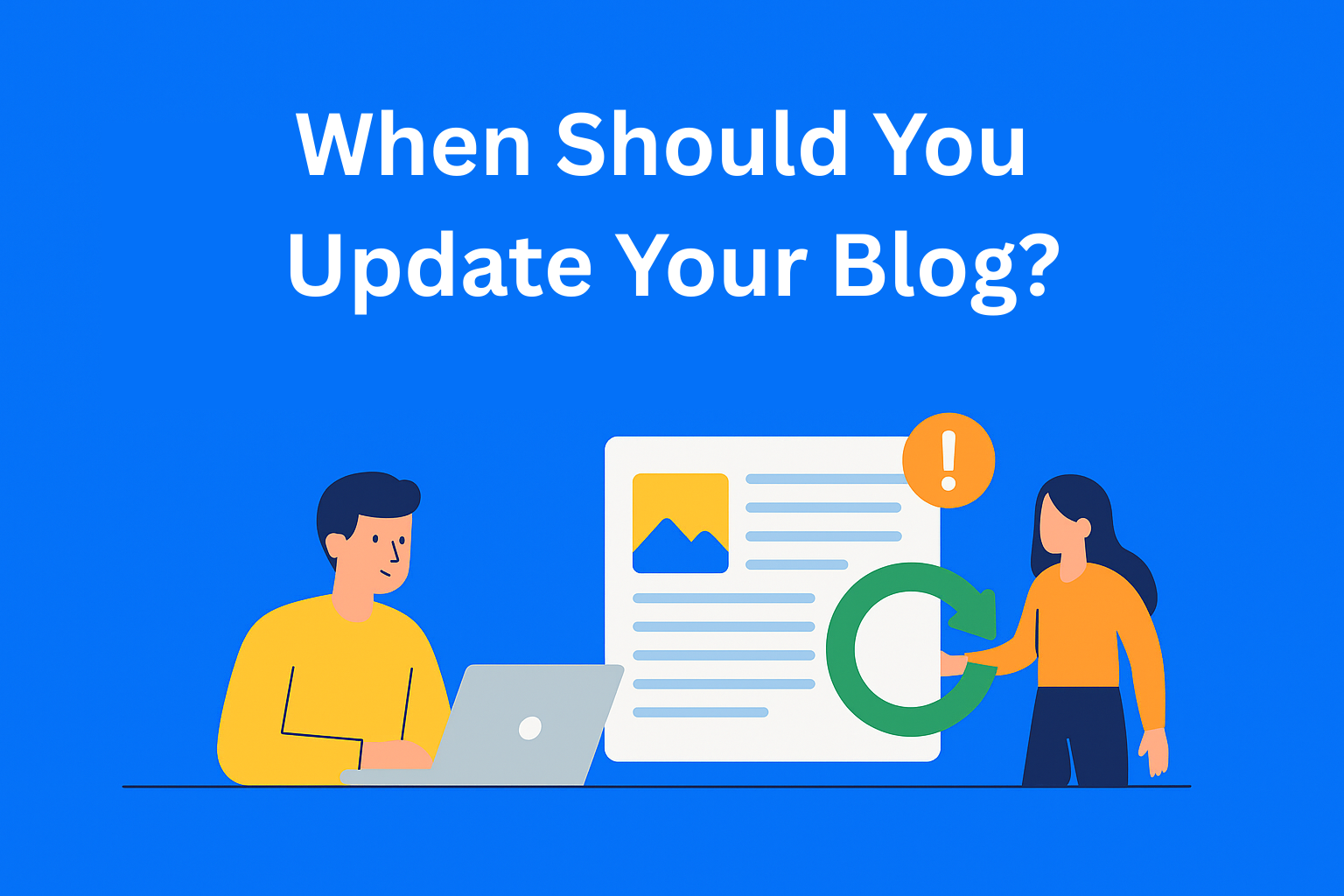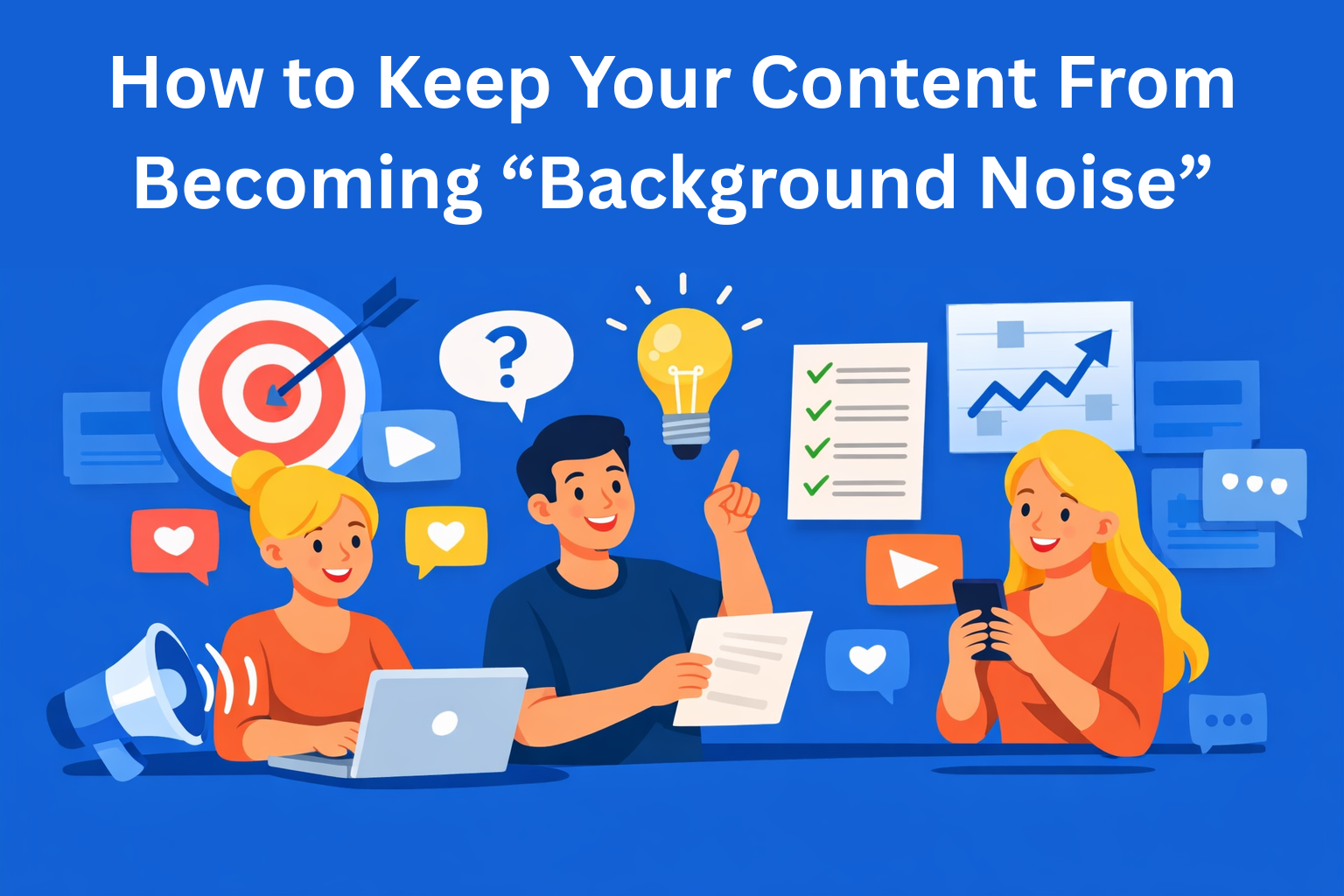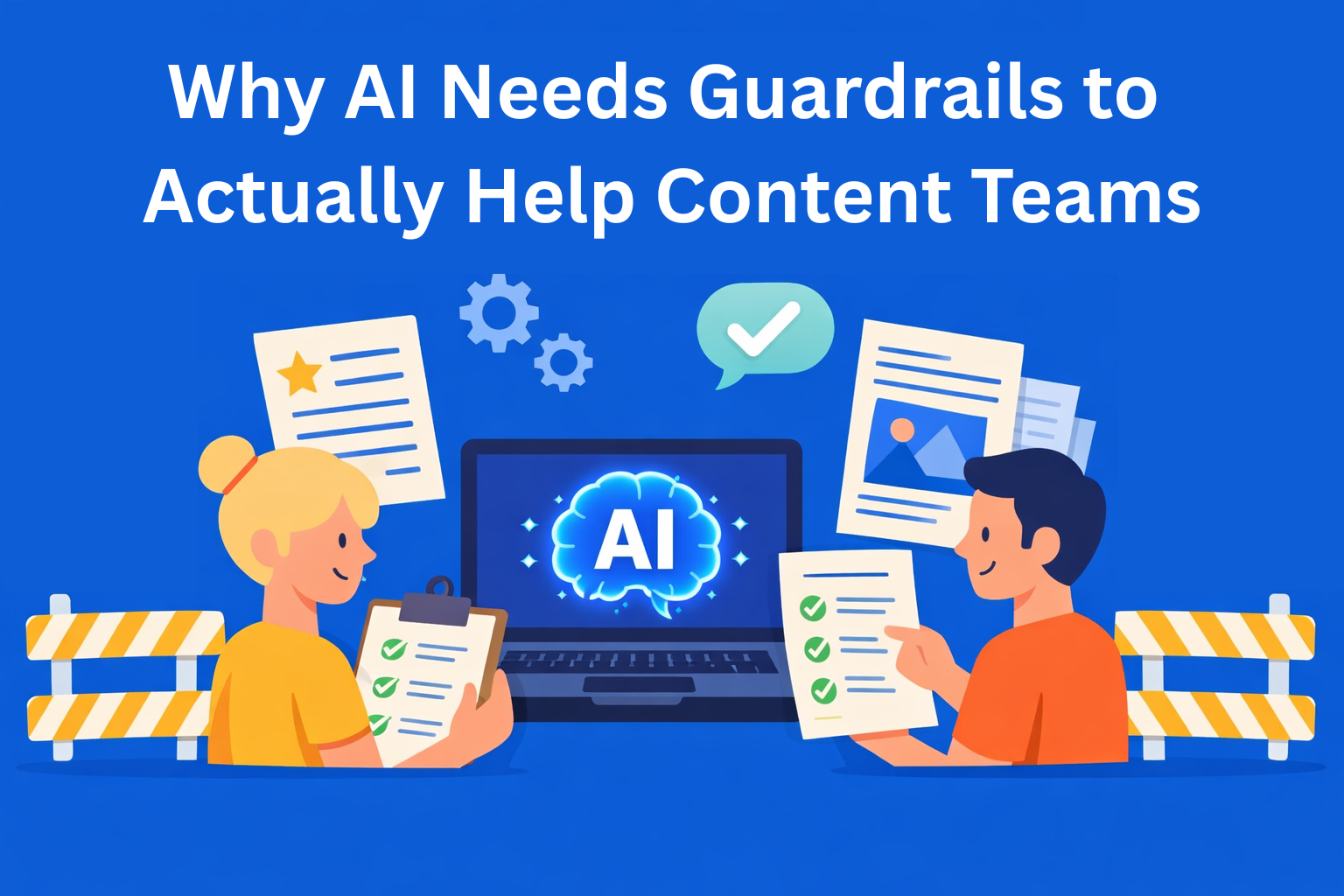When Should You Update Your Blog? A Practical Guide for Marketers
Learn when and how to update your blog to boost SEO, stay relevant, and keep readers engaged. From 3‑month checkups to urgent updates, discover simple steps to refresh content and make your blog a living resource that grows with your audience.

Writing a blog isn’t a one-time task. Once you publish a post, it doesn’t stay fresh and relevant forever. The internet and information are constantly evolving, and even the best posts can lose value after a few months. If you want your blog to remain useful, attract visitors, and support business growth, it’s important to know when and how to update it.
An updated blog helps your SEO because Google favors fresh and relevant content. Also, readers are more likely to trust posts that are current and contain accurate information. In other words, updating is not just a technical job - it’s an essential part of brand building and establishing trust.
Key Takeaways
- Outdated content hurts your SEO and credibility - regularly updated blogs perform better and build more trust with readers and search engines.
- Follow a time-based review rhythm - check performance every 3 months, review for accuracy every 6 months, and do strategic updates yearly.
- Update when there’s a trigger - like major industry changes, competitor updates, or feedback pointing out errors.
- Focus on high-impact elements - such as headlines, stats, broken links, CTAs, and outdated examples or visuals.
- Measure update success with SEO and engagement metrics - organic traffic, click-through rate, bounce rate, time on page, and conversions.
How to Know When It's Time to Update
There are several clear signs that your post is no longer performing well. The most common indicators are:
- Drop in traffic - if you notice the post has lost visits in the past few months, it may no longer be relevant.
- Outdated information - data, stats, or examples that are a few years old may seem unprofessional.
- Changes in the industry - new technologies, trends, or regulations can make your content less useful.
One simple question can help: Would someone reading this post today get useful and accurate information? If the answer is “no,” it’s time to update.
Timeframes for Reviewing Content
One common dilemma marketers face is how often to refresh a blog. There’s no universal rule, but here are some suggestions to help establish a rhythm:
- Every 3 months - a quick performance check. Look at core SEO metrics like Google ranking, CTR, and bounce rate. If there’s a sharp drop, act immediately.
- Every 6 months - a deeper analysis. Check if the stats, visuals, and examples are still accurate. This is a good time to add new data and remove anything that’s no longer relevant.
- Every 12 months - a strategic review. Look at the entire post and consider whether the topic is still relevant. Sometimes, you might need to fully restructure or even write a new version.
Situations Where You Can't Wait to Update
Sometimes you can’t wait three or six months. There are cases when updating is urgent:
- When new information emerges that changes the core of your topic. For example, writing about marketing trends and a new platform or tool appears.
- When competitors publish a better and more up-to-date guide. If you want to stay competitive in search results, you need to react quickly.
- When readers point out errors or outdated parts. If someone leaves a comment or emails you with corrections, take it as a clear sign to act.
If you're using a platform like EasyContent, this becomes much easier. The versioning feature lets you quickly find the current version, make the necessary changes, and publish it right away. And the new version is also saved, giving you a complete view of every change made.
What Exactly Should You Update
Updating doesn’t always mean rewriting the whole post. Sometimes, small changes can bring a post back to life.
- Title and meta description - these are the first things people see on Google. Make them simple, clear, and include terms that people are actually searching for.
- Stats and numbers - check if the data is still accurate. If you mentioned something from 2020, add the latest info to keep the post current.
- Links - click on all the links to ensure they work. If they lead to pages that no longer exist, replace them with new and helpful ones.
- Visuals - add new images, charts, or screenshots. People love fresh visuals that help them understand the content more easily.
- Examples and case studies - if you used an old example that no longer feels relevant, replace it with a new one that’s more relatable.
- CTA (Call-to-action) - this is the action you want readers to take at the end. Check if it still leads to the right offer or product you want to promote.
Here again, EasyContent can help. Its editor works like Word - you can insert links, images, videos, change titles and descriptions, add tables, and more. You can even create custom templates based on the type of blog post, and tailor each one as needed.
How to Measure Update Success
After updating a blog post, it’s important to track results. Here are a few metrics that can show if the update was successful:
- Organic traffic - in simple terms, how many people come to the blog through Google or other search engines. If the number of visits increases, the update worked.
- CTR (Click-through rate) - measures how many people click on your post when they see it in search results. If you changed the title and description and more people click now, it’s a good sign.
- Google ranking - track where your post ranks when someone searches for your target keywords. The higher you are, the better.
- Engagement - are people staying to read or leaving quickly? If they spend more time and leave comments, it means the content is more interesting.
- Conversions - this is the ultimate goal. If people leave their email, make a purchase, or click the CTA after reading, it means the update delivered results.
Conclusion
Updating your blog is not a one-time job - it’s part of a long-term strategy. When building your content plan, include content audits, which means regularly reviewing and refreshing existing posts. You can do this quarterly or twice a year, depending on your workload.
Tools like EasyContent help automate this process - from tracking content versions, assigning tasks to team members, to storing all your posts in one place.
By updating regularly, you show your audience that you care about quality and accuracy. This brings better SEO, more traffic, and stronger brand authority.
Here’s a practical tip to wrap up: make a list of your most visited posts and set a reminder to review them every three months. That way, you ensure your blog is always working for you.






